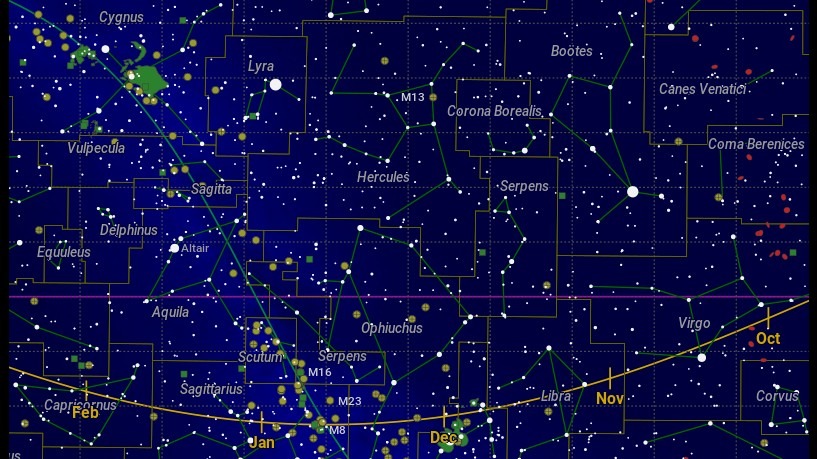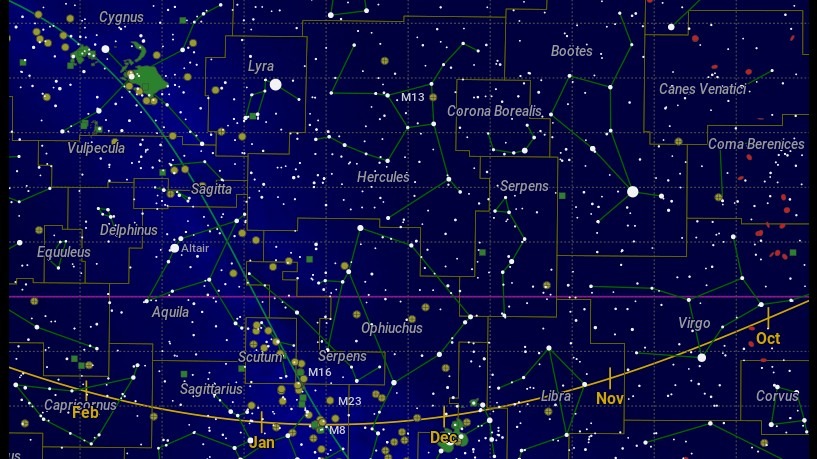Report on Constellation Star Maps for Novice Astronomers to Get the Best Value.
The White Star Outdoors report is aimed to assist novice astronomers and stargazers looking for guides to help locate and observe celestial bodies in getting the best value for the purchase.


Astronomy website White Star Outdoors has published a new report on Constellation Star Maps to assist novice astronomers in getting the best value for the purchase.
Constellation Star Maps
The night sky views the moon, stars, and other celestial bodies; some are visible to the naked eye, and others only with a telescope. As an astronomer or a stargazer looking for guides to help locate and observe celestial bodies and deep-sky objects. Then this article focuses on the best constellation star maps for following them.
What is a Constellation?
A constellation refers to a group of stars that occur in identifiable patterns seen from Earth. Constellations have been studied for centuries to learn and navigate the night sky.
Historically, they have served as navigation tools and guide farming cycles for planting and harvesting crops. With constellation guides, locating specific stars in the sky and other deep-space objects is easy. Eighty-eight officially recognized constellations could be seen in the night sky.
As the Earth orbits, the view of stars and space changes. It also means constellations move slowly to the west as seasons change. The visibility of a constellation in the sky depends on the time of year and the area being observed.
Knowing the types of constellations will help beginner astronomers understand when and where to view a constellation is located. Constellations are broadly categorized based on their positioning near the equator.
The Northern sky holds constellations north of the celestial equator, and in the northern celestial Hemisphere, they are better seen from the Northern Hemisphere. The Southern sky constellations lie south of the celestial equator and can be seen from the southern Hemisphere and of all officially recognized constellations. Thirty-six are found in the Northern and 52 in the Southern sky.
Constellation Star Maps to Use in Astrophotography and Locating Deep-Space Objects
Constellation star maps are:
A diagrammatic representation of the celestial sphere.
Showing the positioning of stars.
Constellations.
Objects in space.
Star maps also display the names, sizes, identifying markers, and relative distances of constellations. They are labeled with directions and complete information to help guide stargazers.
Different types of constellation star maps are available on the market, and the best one will depend on the needs and interests of the buyer. Some star maps are better suited for beginner astronomers identifying and locating deep-space objects.
The more detailed ones are useful for professional astronomers and researchers and involve in-depth scientific information.
Star maps can be purchased at bookstores, planetariums, or online. These are basic maps made of paper that show the layout of the celestial sphere, including stars and constellations.
A good star map is the Orion DeepMap 600. This star map is a top choice because it is detailed and informative, has over 14,000 celestial objects, and includes their locations and features. It comes in print and digital forms too.
Star Charts
Purchasing a star chart from online retailers or via astronomy societies is simple. Star charts perform the same function as star maps, and they are detailed and display the positions of deep-space objects, including stars, galaxies, and nebulae.
Some great star charts include the Norton Star Atlas & Reference Handbook, The Celestron SkyMap, The Pocket Sky Atlas, Interstellar Deep Sky Atlas, and the Uranometria 2000 Atlas.
Online Star Charts
Constellation star maps can be found in digital format. Software programs and apps can create custom star maps based on location and the time of year. One of the favored star charts is the Sky and Telescope Sky Chart. This interactive star map caters to amateur astronomers who stargaze without telescopes. With customized maps like this, viewing specific constellations in a location and even change the horizon view.
When starting to learn about the basic layout of the celestial sphere. A simple sky map may be a good choice. For an experienced astronomer looking for more detailed information, a star chart or software program may be more suitable.
There are digital star charts dedicated to professional astronomers and academics. These are more detailed as they contain comprehensive data on celestial objects and include photographs collated by different telescopes and observatories worldwide. Ultimately, the best star map will depend on the requirements. Before making that purchase. Research how suitable the star map of choice is for the particular situation.
For more information https://whitestaroutdoors.com/

